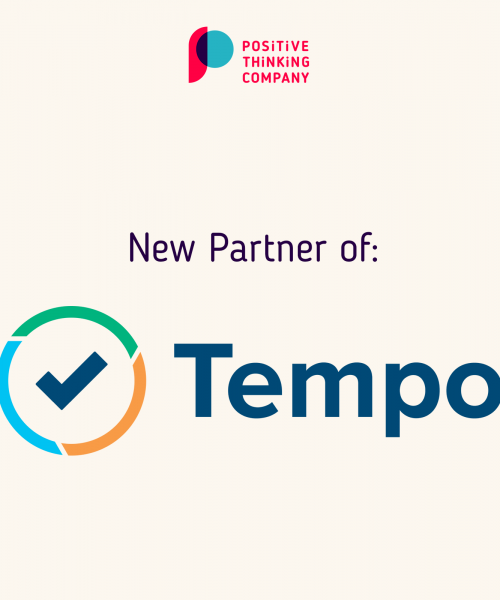Information governance, data governance… does that mean anything to you? Regularly at the heart of strategic exchanges and demanding to be valued, the subject of information governance reveals various challenges.
It is important to define how to start this type of project.
First of all, it is essential to know the tasks behind the concept, to detach oneself from the tool vision or to avoid saying “it is going to be expensive in terms of tools or implementation”.
For this to work and make sense, it is important to link this concept to another: risk management and safety management. And consequently, to be bound by the risks of litigation, of the non-respect of legal constraints.
But why do we need information governance?
1) Keeping everything is an IT challenge!
Information, in all its forms, is growing exponentially and it becomes necessary to sort through everything that needs to be kept: This reduces IT storage costs and optimizes backups. Keeping everything involves larger, more expensive storage spaces and makes storage more complex. Retrieving the right information is then much more difficult (if it is not already the case).
IDC studies show that about 1.7 MB of data is generated every second for every person in the world.
2) It is important to keep the right data!
To have knowledge of what can be thrown away and especially of what must be kept to meet legal constraints and local or international regulations. Structuring the data, categorizing and indexing it for better retrieval is essential.
3) Users demand fluidity!
Every user needs to be identified and supported in the flow of information they receive, manage, share, store and archive. Value-added information needs to be identified. The multitude of media makes the search more and more complex: onedrive, sharepoint, drive, dropbox, shared drives, official company ECM x, ERP.
4) We must anticipate future challenges!
Regulations are becoming increasingly complex. New laws and standards are emerging to manage company data and information. It makes sense to start today to be able to integrate new future rules more easily. An example is the GDMP that forces companies to organize themselves, especially in an international context.
5) It is an answer to the constraints of risk management!
The information may pose a significant risk to the company. Typically, misplacing information, not knowing how to bring evidence in case of litigation can put the company at risk. Implementing information governance avoids legal pitfalls. It also protects the company’s image and turnover. When it comes to security management, information and data security is an integral part of risk management rules.
This gives rise to an initial definition of information governance, albeit a simplistic but effective one:
Anything that serves to avoid having problems related to information (structured=data or unstructured=documents) in terms of use, tools, implementation and that considers information as a capital of the company serving to bring tangible or intangible value to be more efficient.
Expert support can help you to initiate this process by establishing your first document repository or by helping you to carry out an audit of the existing one.









